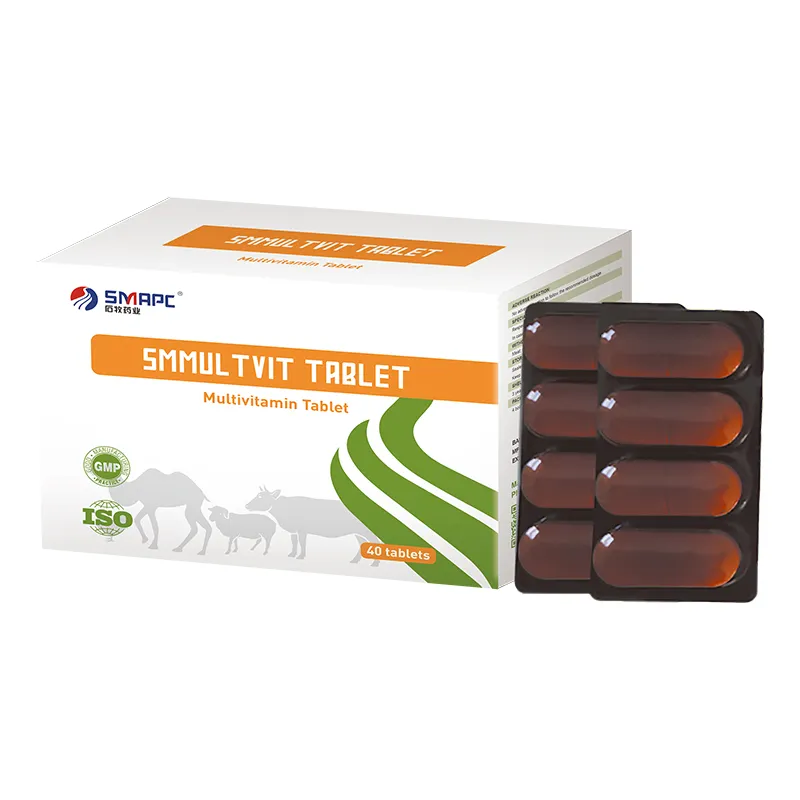In addition to medication, owners should consider complementary therapies, such as weight management, physical therapy, and supplements like omega-3 fatty acids, which may also help reduce inflammation and improve joint health.








